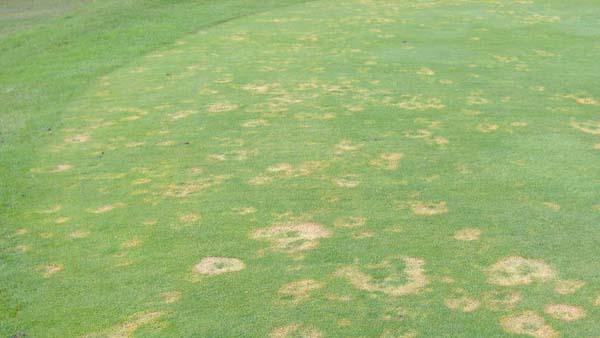 A study conducted by researchers at the University of Wisconsin indicates there could be a direct link fungicide effectiveness in managing diseases in turfgrass and air temperature.
A study conducted by researchers at the University of Wisconsin indicates there could be a direct link fungicide effectiveness in managing diseases in turfgrass and air temperature.
The recently published study by Paul Koch, Ph.D., and Jim Kerns, Ph.D., examined the relationship between ambient air temperature and the persistence of chlorothalonil and iprodione in creeping bentgrass. Tests were conducted in 2011 at the O.J. Noer Turfgrass Research Facility in Madison.
The researchers argued that the link between fungicide efficacy and air temperature during application is not clearly understood. Previous information indicates that fungicides are most effective when temperatures range between 15 degrees and 29 degrees Celsius (60-85 degrees Fahrenheit).
The Wisconsin study gets much more specific, indicating that "dissipation of both fungicides was greatest at 30 degrees Celsius and slowest at 10 degrees Celsius, while dissipation at 20 degrees Celsius was intermediate between 10 and 30 degrees Celsius and often not statistically different from either of the temperatures."
According to the Wisconsin study, iprodione half-life through both trials averaged 51.2 days at 10 degrees Celsius, 7.8 days at 20 degrees Celsius, and 4.0 days at 30 degrees Celsius. Chlorothalonil half-life averaged 9.5 days, 4.3 days, and 4.0 days at 10, 20, and 30 degrees Celsius, respectively.
These results indicate that fungicide persistence decreases with increasing temperature, which might explain why fungicides might fail to provide adequate disease protection during periods of hot temperatures.

